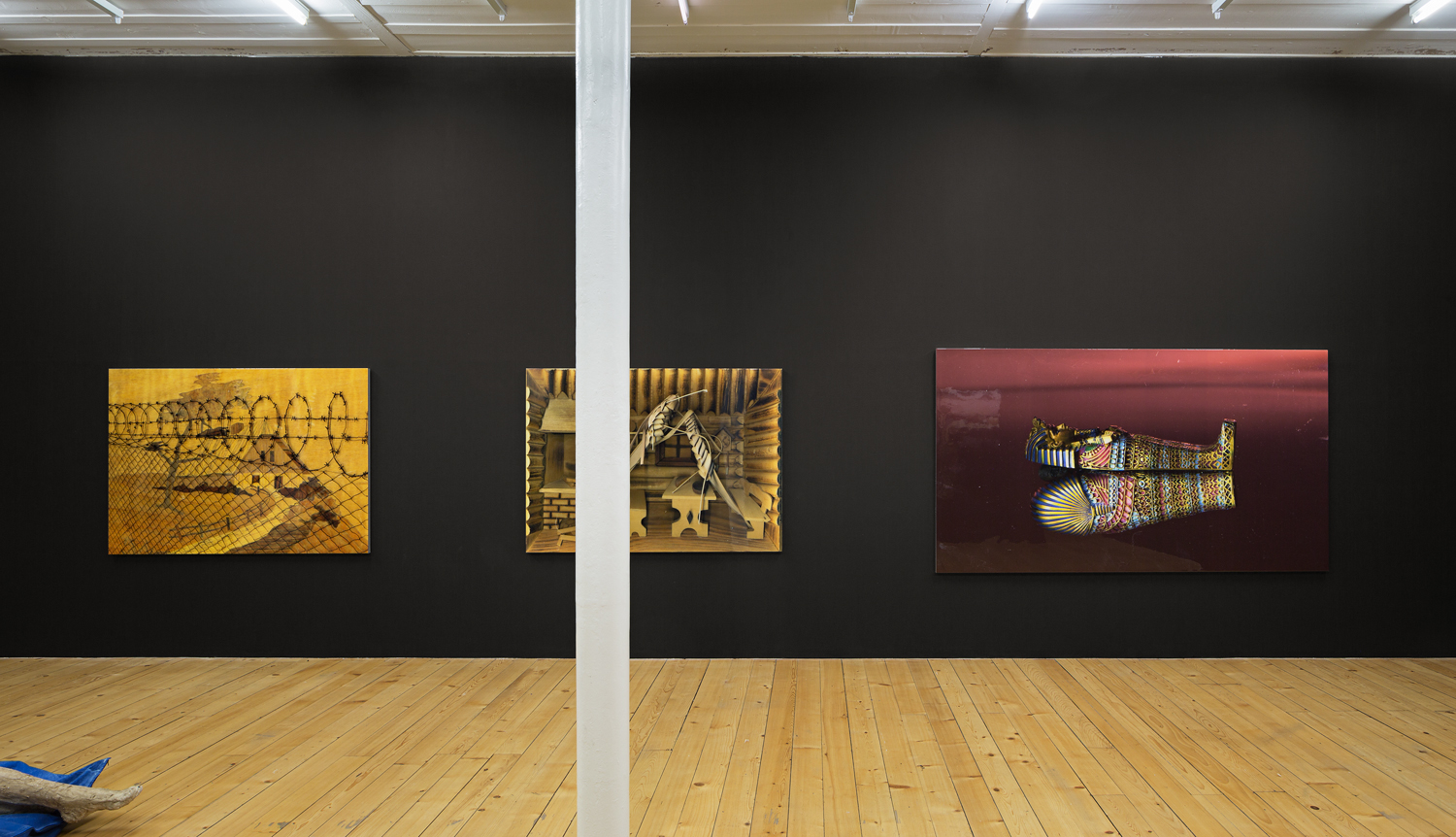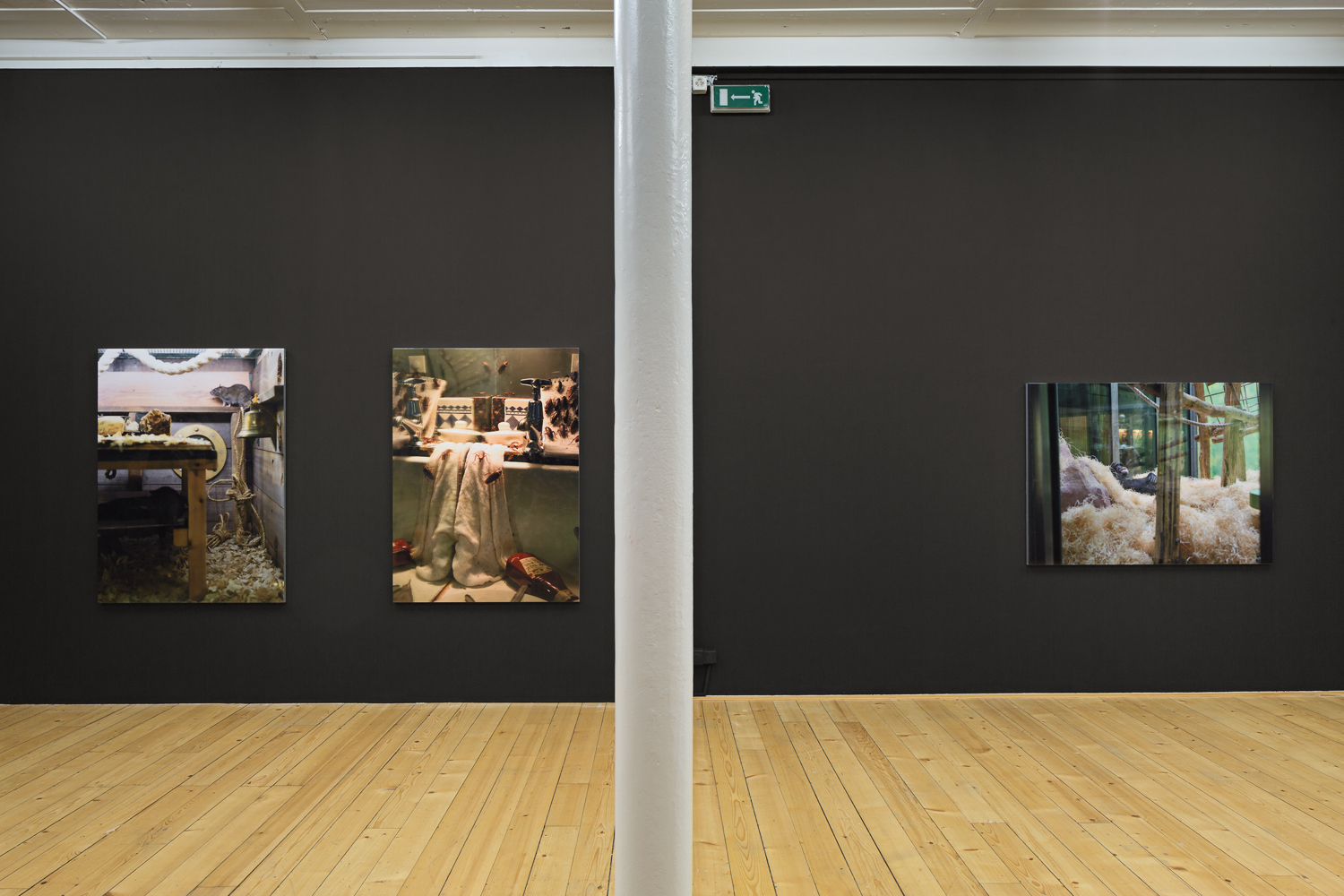Kunsthalle
Fribourg
Lucie Stahl
Works 2008-2018
Apr 08, 2018
May 06, 2018
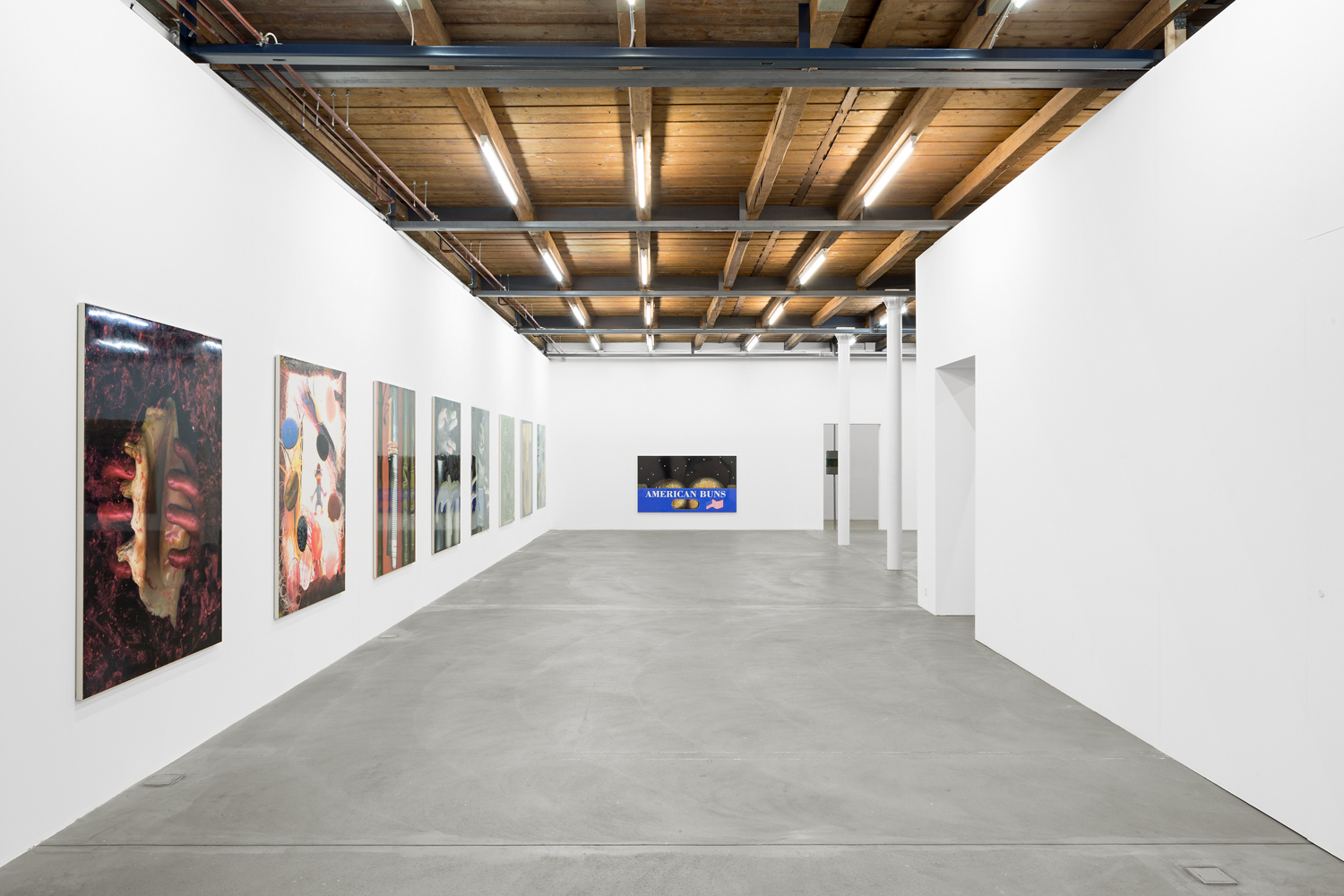
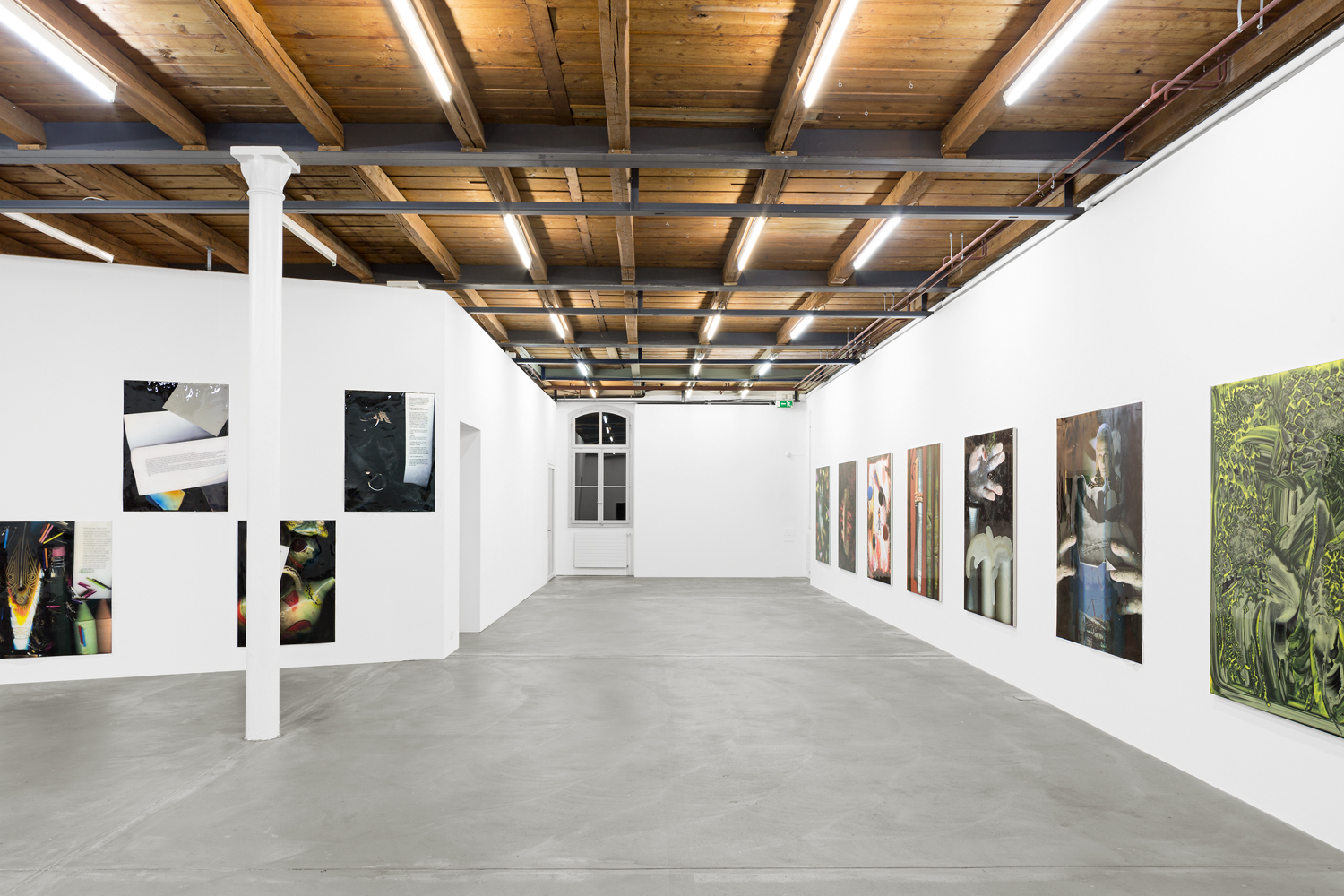
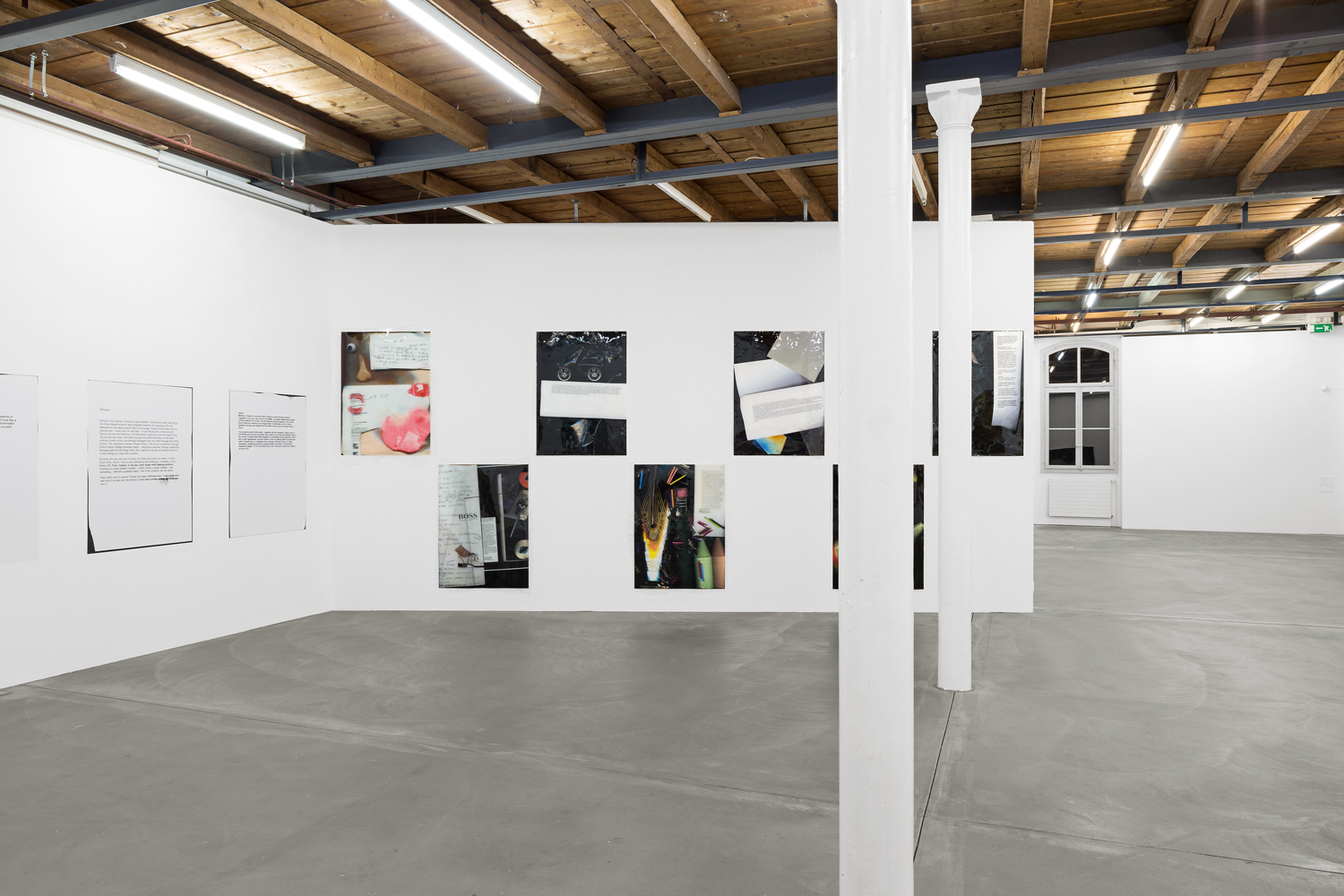
This exhibition brings together around thirty works produced since 2008, when Lucie Stahl began to make works using a scanner, at a time when this technology was becoming a part of everyday life. On the scanner’s glass, Stahl accumulates used objects, from the most meaningful to the most trivial ones — used industrial packaging, pages from magazines, fragments of printed or scribbled texts, as well as lumps of organic matter and various fluids of unclear origin.
The earliest works in this series contain texts that could be read as extracts from diaries, gossipy or intimate anecdotes, fragments of analyses concerning, at random, the heritage of feminism, the vanity of the artist, the humor in politics, or the impossibility of reducing one’s sexual desires to a set printed format. Even though these texts are written in the first person, their deadpan tone and the associations with the other items in these compositions (keyrings, coloring pencils, lipstick traces, dog hairs, etc.) prevent any univocal reading of their author’s intentions.
From 2011 on, the images become denser, from both a formal and a semiotic standpoint. Lucie Stahl then takes up motifs deriving from the history of propaganda and the counter-culture of the post-war decades, but also from glossier visual references such as art photography, fashion magazines and advertising. While these works show how such political discourse is appropriated by mass cultural consumption, and thereby make any explicit critical position from within the field of art difficult to defend, a grating echo of revolt can nevertheless be discerned through this maelstrom.
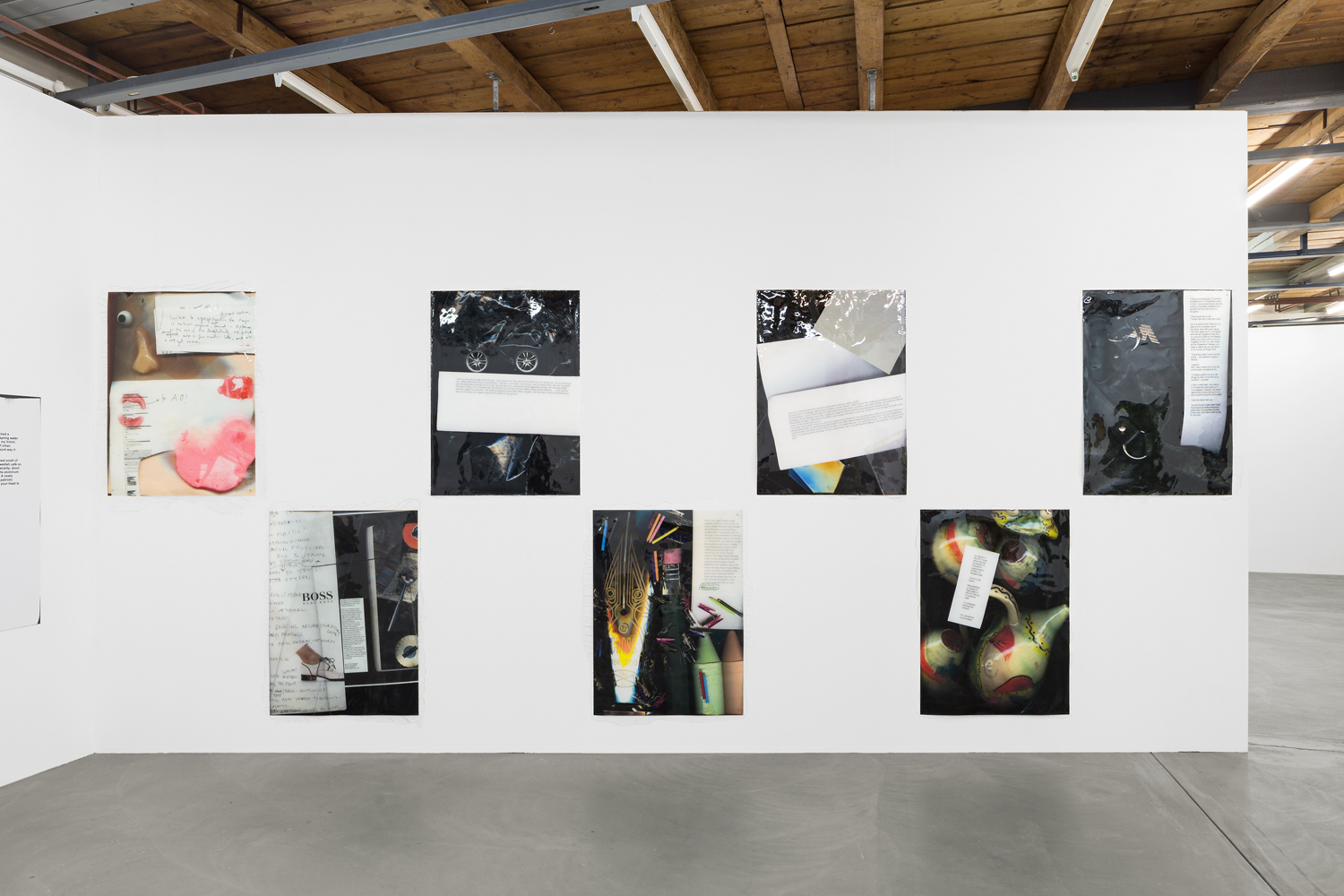

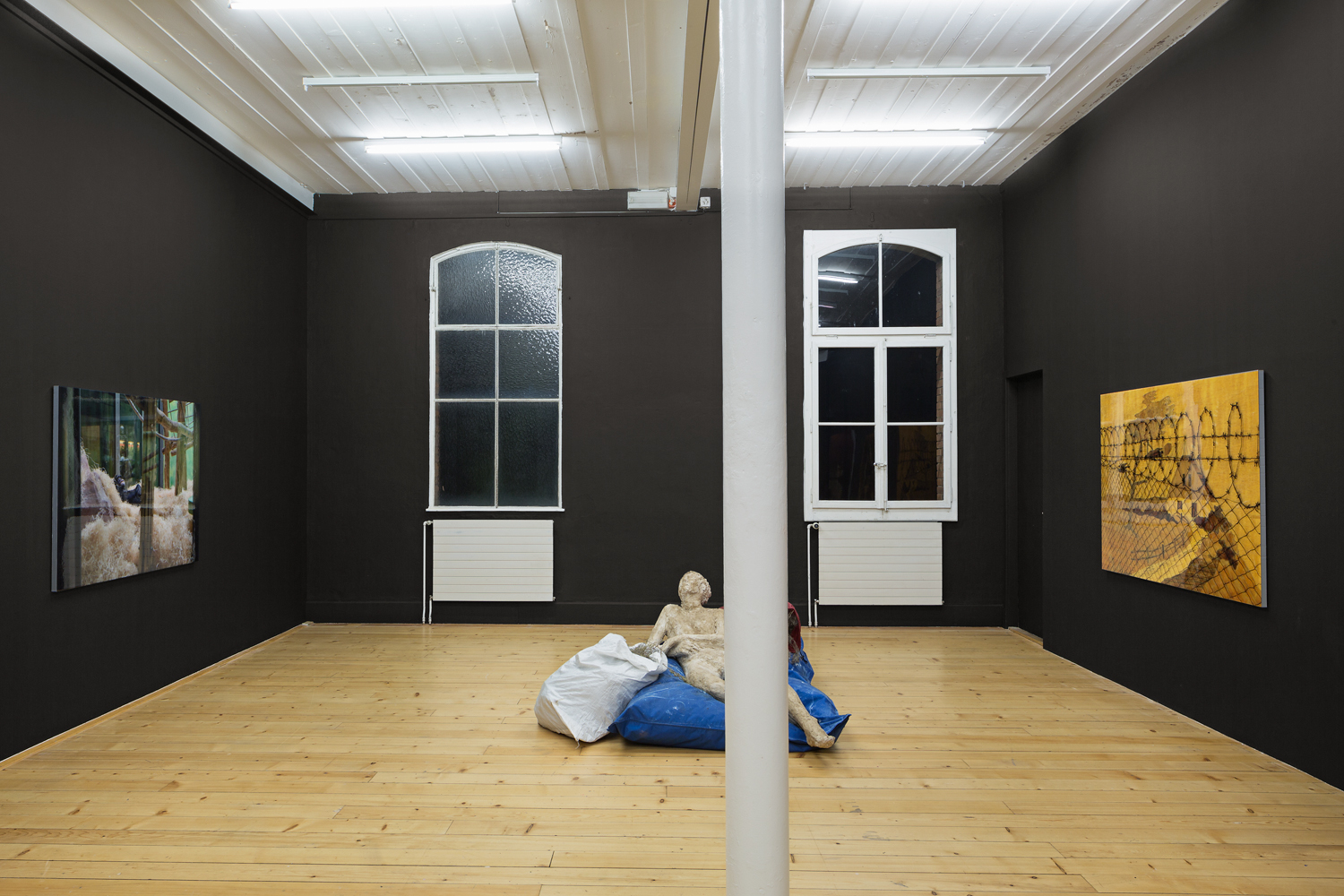
The scanner’s specificity is that it produces a perfectly focused image, without any depth of field, as if the skin of the real was given to us as is. These images seem to emerge out of nowhere, bathed in a seemingly fantastical aura which is actually the natural light of the studio – high-definition hallucinations. Yet Lucie Stahl’s work cannot thereby be described as Surrealist. Even if the imprints generated by the scanner can be likened to the results of a technical process like Man Ray’s Rayogram, Stahl’s works do not seek to ‘transfigure the everyday’ via a dream-like state of imagination, as Man Ray did. Similarly, the possible associations between the elements of these compositions are not grounded on some presumed unconscious forces, but rather, on a playful assemblage of psychoanalytic and revolutionary commonplaces, that function like rhetorical figures within a comic repertoire. Nothing is falsified; what we see is what is seen. The feeling of unreality generated by Lucie Stahl’s works is that of an increasingly absurd world moving towards its own suffocation, as in the vision of the Wehrmacht soldiers that the artist ran into on a contemporary Berlin street – who were in fact extras in a TV series (Berlin Babylon, 2017).
Perhaps the Surrealist technique which is closest to Lucie Stahl’s practice would be decalcomania, as popularized by Max Ernst’s wartime paintings such as Europe after the rain, 1940-42, in which he pressed and smeared masses of viscous paints before unseeingly transferring them from one surface to another. Indeed, the scanner works without the artist having direct control over the captured image. Once printed, the photos are then roughly covered with epoxy resin, which bequeath these virtual imprints a kind of coagulated, synthetic skin. The increasingly rapid process of mediatization of the world’s images, and the concomitant softening of the revolutionary impetus they might have contained, takes on a properly geological dimension in Lucie Stahl’s work, with cycles of humidification, disaggregation of the layers of meanings, and calcification. The organic combines with the mineral, like raw matter with processed products. States of the object and the image which have evolved beyond their status as commodities to be fetishized, but also, beyond any connection to the human.
